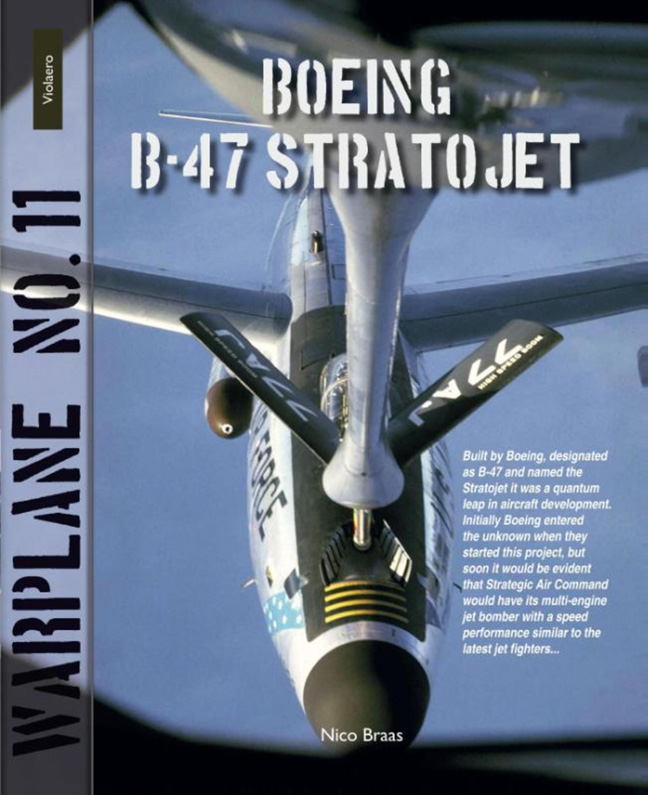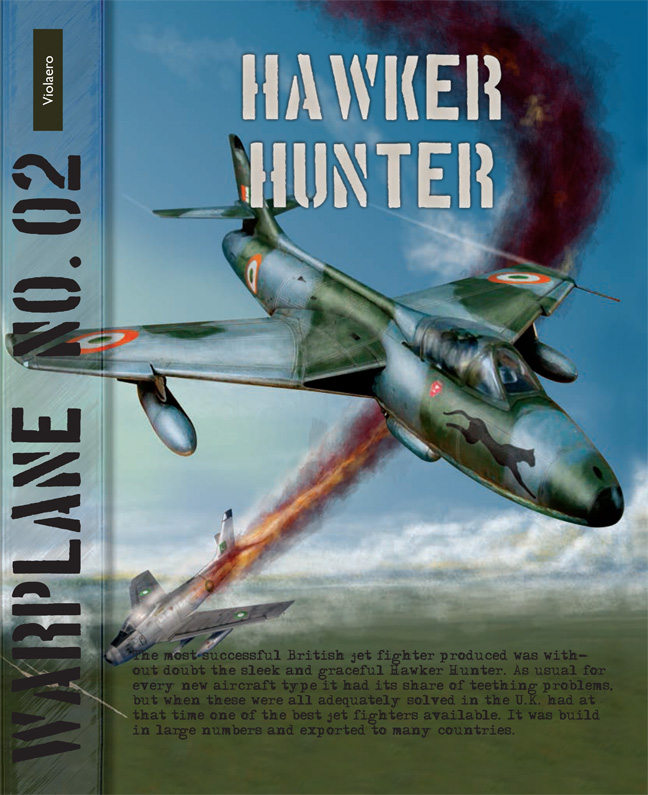13 results in Lanasta - Warplane

Warplane 06
- Convair B-58 Hustler
-
- Published by:
- Amsterdam University Press
- Published online:
- 16 April 2024
- Print publication:
- 14 November 2013

Fiat G.91
-
- Published by:
- Amsterdam University Press
- Published online:
- 02 April 2024
- Print publication:
- 28 November 2014

Boeing B-47 Stratojet
- The Cold War Jet Bomber
-
- Published by:
- Amsterdam University Press
- Published online:
- 27 March 2024
- Print publication:
- 20 August 2015

CW-21 Interceptor
-
- Published by:
- Amsterdam University Press
- Published online:
- 27 March 2024
- Print publication:
- 10 February 2023

Sopwith Triplane
-
- Published by:
- Amsterdam University Press
- Published online:
- 27 March 2024
- Print publication:
- 01 November 2023

Hawker Hunter
- The Story of a Thoroughbred
-
- Published by:
- Amsterdam University Press
- Published online:
- 26 March 2024
- Print publication:
- 25 August 2012

Martin Mariner
-
- Published by:
- Amsterdam University Press
- Published online:
- 26 March 2024
- Print publication:
- 01 May 2012

English Electric Canberra
-
- Published by:
- Amsterdam University Press
- Published online:
- 26 March 2024
- Print publication:
- 01 August 2014

ME109
-
- Published by:
- Amsterdam University Press
- Published online:
- 26 March 2024

Warplane 07
- Weis WM.21 Sólyom
-
- Published by:
- Amsterdam University Press
- Published online:
- 26 March 2024

Warplane 04
- Brewster Buffalo
-
- Published by:
- Amsterdam University Press
- Published online:
- 26 March 2024

Warplane 05
- Fokker C.X
-
- Published by:
- Amsterdam University Press
- Published online:
- 26 March 2024

Blackburn Buccaneer
-
- Published by:
- Amsterdam University Press
- Published online:
- 20 February 2024
- Print publication:
- 05 June 2014

